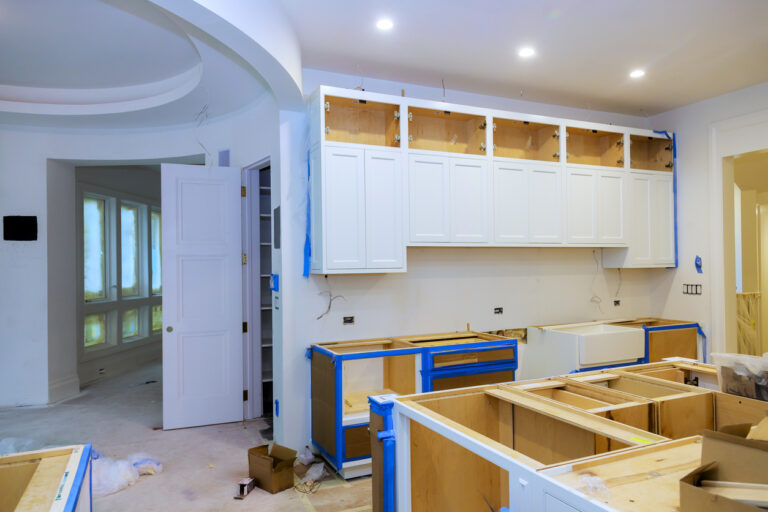The national repair-and-remodel market is still growing. Harvard’s Joint Center for Housing Studies (JCHS) now projects $509 billion in 2025 after a benchmark revision that added $30 billion (+6.4%) to the outlook.
Why this matters in Texas
- More money flowing into repairs means busier contractors and longer queues for homeowners. JCHS expects only modest growth this year, but the higher 2025 market size confirms demand is steady as owners improve the homes they already have.
- National reporting points to older housing stock, few listings, and mortgage rates near recent highs—all reasons people renovate instead of moving. Retail sales at building-material stores have outpaced overall retail, and JCHS notes spending remains elevated.
What Texas homeowners are running into on the ground
Texas contractors report tight labor and cost pressure. In a 2025 AGC Texas survey, 64% cited an insufficient supply of workers or subcontractors as a top concern. 63% flagged rising direct labor costs. 51% pointed to material costs. Permitting and review delays were also common concerns. Expect these factors to affect schedules and pricing.
What grows—and what stalls—when demand is this high
- Small jobs can wait longer. Crews prioritize larger scopes or single-mobilization bundles.
- Change orders hurt more. A busy market makes re-sequencing harder and more expensive.
- Lead times vary. Windows, HVAC equipment, and electrical gear can still swing with supply.
- Bids can expire fast. Ask for a price-hold window (for example, 30–60 days) so you can plan.
How to get a project done in a hot market
1) Lock scope early.
Share a clear written scope with photos and basic measurements. Ask for line-item pricing so you can value-engineer without starting over. This shortens bid cycles and reduces change orders.
2) Phase it wisely.
When budgets are tight, do envelope and mechanical work first (roof, windows, electrical/HVAC rough-ins). Save finishes for a later phase. This protects the house while you wait for costs to settle.
3) Schedule around bottlenecks.
Order long-lead items before demo. Confirm permit timelines up front to avoid idle weeks. AGC data shows permitting/review delays are a recurring pain point.
4) Bundle tasks to save trips.
Combine small repairs into a single mobilization. You’ll cut travel time and minimum-charge fees.
5) Plan for labor risk.
Ask each bidder who performs the work (in-house vs. subs) and what happens if a crew falls through. In a tight market, backups matter. Texas firms also report difficulty filling positions for both craft and salaried roles, which can affect start dates.
6) Hold a pre-start “risk walk.”
Open access panels, check suspected rot or leaks, and list unit prices for likely surprises (e.g., “$X per sheet of decking,” “$Y per LF of damaged sill”). Surprises will still happen; pricing them now limits disputes later.
Budget notes for 2025
- Expect modest year-over-year growth in overall spending, with localized spikes after major storms. That can pull crews into emergency work and push non-urgent jobs.
- High interest rates keep many owners in place and focused on repair, maintenance, and targeted upgrades rather than full gut remodels. That pattern supports steady activity across Texas.
Quick checklist
- Get two or three comparable bids with line items and a price-hold date.
- Confirm permit and inspection timelines with your city before you sign.
- Order long-lead materials early.
- Phase the project: secure the roof, windows/doors, drainage, and HVAC first.
- Keep photo documentation of existing conditions and all completed work.
Want a second opinion on scope, phasing, or whether to wait for pricing to cool? Ask a pro at letsaskjack.com before you commit.
Track costs as you go
- Property Journal (TradeCrews): Save bids, price-hold dates, POs, and receipts. See year-over-year totals by category.
- Jack Report™: Get a quick summary of spend to date and likely next steps so you can time purchases and phases.


